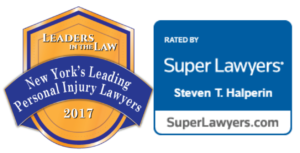Though a wrongful death action can be maintained even after the victim’s death, not everyone has the capacity (known as “standing”) to sue. The only family members permitted to recover damages in a wrongful death claim under New York law include the deceased person’s spouse, children, other legal dependents, and, in some cases, the deceased person’s parents or siblings. The wrongful death claim is generally brought on behalf of the decedent’s estate, with the executor or administrator of the estate as the named plaintiff.
For example, if an unmarried 21-year-old college student dies during a medical procedure, his or her parents may sue the physician for wrongful death. However, if the same 21-year-old college student is married or has a child at the time of their death, the decedent’s parents can’t sue; the wrongful death lawsuit instead belongs only to the surviving spouse or child. If the 21-year-old student has no surviving parents, spouse, or children, the lawsuit may be maintained by the next closest relative, usually a sibling.

